Climate change is a global reality that is growing more urgent by the minute, particularly for developing countries which research has shown are the most affected and expected to continue being the most affected by climate change. Globally, the last eight years have been the warmest on record with parts of the world experiencing unprecedented summer temperatures and prolonged heatwaves. Nearing the end of 2022, a consortium of international organizations issued a statement about the severity of the longest drought in the history of Horn of Africa which is creating a rapidly deteriorating food security crisis in Somalia, Kenya and Ethiopia. The world is also witnessing a higher frequency of natural disasters such as the extreme rainfall and flooding that had a devastating impact on countries such as Pakistan where 33 million people were displaced. Pakistan, which is responsible for less than 1% of global greenhouse gas emissions, now has to spend an estimated $16 billion on reconstruction, half of which have been pledged by foreign donors.
The reality that many of the countries with the lowest carbon emissions are now facing the highest level of vulnerability makes the climate issue global not only in it terms of impact but also in terms of responsibility and action. Accordingly, plans to alleviate and reverse the effects of climate change are already underway and being led by developed nations who have the capacity to adapt and provide assistance to developing nations through climate finance. However, as climate change and its effects accelerate and targets are repeatedly missed, it has become necessary to reevaluate the effectiveness of the current course of climate action to identify the most significant hindering factors.
Climate Goals & Progress
Rio, Paris and Glasgow
At the moment, the international community is working towards achieving the targets of the 2015 Paris Agreement, the world’s first collective global climate initiative, which set a goal to limit global warming to temperatures below 1.5°C – 2°C. However, the agreement had given space for countries to set their own emission reduction targets based on their economic abilities, pledged through the submission of Nationally Determined Contributions (NDCs), with no specific requirements on enforcement mechanisms. The table below summarises the pledges and targets of the world’s top carbon emitters; China, the United States, the EU, India, Brazil, and Russia. Despite this being the first concrete step taken towards reducing emissions, the actions come more than ten years following the first climate change talks in Rio in 1992 and that meant that, as reports later in 2018 showed, targets needed to be even stronger in order to make up for lost time and rapid global changes.
Paris Climate Pledge Tracker, INDC Database. Source: Carbon Brief.
| Country | Date | Summary of the NDC |
| China | 30/06/2015 | A peak in CO2 emissions by 2030, with best efforts to peak earlier. China has also pledged to source20% of its energy from low-carbon sources by 2030 and to cut emissions per unit of GDP by 60-65% of 2005 levels by 2030, potentially putting it on course to peak by 2027. |
| USA | 31/03/2015 | (The US Plans to withdraw from Paris and not meet this pledge) 26-28% domestic reduction in greenhouse gases by 2025 compared to 2005, making its best effort to reach the 28% target. This includes the land sector and excludes international credits at this time. |
| EU | 6/3/2015 | At least a 40% domestic reduction in greenhouse gases by 2030 compared to 1990 levels. |
| India | 1/10/2015 | A 33-35% reduction in emissions intensity by 2030, compared to 2005 levels. Also pledges to achieve 40% cumulative electricity installed capacity from non-fossil fuel based resources by 2030. Will also increase tree cover, creating an additional carbon sink of 2.5 to 3 billion tons of CO2 equivalent by 2030. India intends to cover the $2.5 trillion cost of its pledge with both domestic and international funds. Includes information on adaptation. |
| Brazil | 28/09/2015 | A 37% reduction in emissions by 2025, compared to 2005 levels, with a further indicative target of a 43% reduction in emissions by 2030. Contains sections on adaptation and south-south initiatives. |
| Russia | 31/03/2015 | 25-30% domestic reduction in greenhouse gases by 2030 compared to 1990 levels. The Russian pledge includes maximum possible account of the land sector. |
| Parties that submitted an NDC | 192 |
| Share of global emissions covered by NDCs | 87.6% |
Indeed, data shown in the figure below shows that global CO2 emissions from high emitting countries have been steadily increasing. Furthermore, despite clear warnings from the Intergovernmental Panel on Climate Change about the extreme dangers of exceeding 1.5°C warming, 2030 climate targets have not been updated since the Glasgow COP26. According to the Climate Action Tracker, which monitors progress on the Paris Agreement targets, the world is now heading towards warming of 2.4°C with 2030 targets and even higher, 2.7°C, with current policies.
COP27 & Beyond
While COP26 in Glasgow focused on emission reduction efforts and the operationalization of the Paris Agreement, with limited results so far, COP27 negotiations centered around the damages of climate change and the effect on developing countries. Although the resulting agreement on loss and damage represented a critical acknowledgement of and commitment to addressing climate change disparities, the presence and influence of coal and fossil fuel interests at COP27 demonstrated the persistence of a status quo that does not align with the climate goals. The question is then, how much more damage is needed for real action to be taken towards phasing out the industries that contribute most to climate change?
COP15 & the Biodiversity Agreement
Still, climate action is not only about emission reduction. The preservation of biodiversity and ecosystems is also crucial for maintaining nature’s capacity to regulate greenhouse gas emissions and protect against extreme weather and is therefore equally important for climate action. Following COP27, the lesser-known COP15 (also known as the UN Biodiversity Conference) was held in Montreal in December 2022. The conference, which focuses on the protection of biodiversity and ecosystems, resulted in the adoption of the Kunming-Montreal Global Biodiversity Framework (GBF). The GBF, which was described by the United Nations Environment Program as a “landmark agreement”, aims to address biodiversity loss, restore ecosystems and protect indigenous rights. The framework included targets such as the effective conservation and management of at least 30% of the world’s land, coastal areas and oceans, halving global food waste, restoring 30% of terrestrial and marine ecosystem, and phasing out or reforming subsidies that harm biodiversity by at least $500 billion per year.
However, many have voiced their concerns about the arbitrary nature of the “30×30” target, wary that it is more “catchy” than practical or effective and emphasizing that it the quality and importance of protected areas is more important than the quantity. The fact that the targets of the previous Strategic Plan for Biodiversity 2011-2020 were largely missed gives more context for such concerns; experts are clear that now is not the time to stall but rather it is time for practical and science-based action.
The GBF also includes targets that position climate finance at the core of climate action such as; at least $30 billion per year to flow from developed to developing countries, as well as the mobilization of at least $200 billion per year from public and private sources for biodiversity-related funding. Although the role of climate finance is consistently emphasized as necessary to support and sustain such efforts, it is also necessary to acknowledge and identify the ways in which it may reproduce the dependency between states that characterizes the current global system and exacerbates the condition of marginalized actors. While climate finance has increased by 80% between 2013-2020, with bilateral and multilateral public finance constituting the majority of funding, developed nations have missed the target of promised climate finance to developing nations. Meanwhile, loss and damage funding needs are only expected to increase in the coming years.
Simply, we must consider the extent to which the projects that receive climate finance are indeed the most beneficial for the interests and wellbeing of developing countries as opposed to being second-best compromises that provide some benefits for both donors and recipients while avoiding core issues and potentially being very limited in their long-term effectiveness — and therefore creating more dependence.
Can Climate Action Keep up with Environmental Degradation?
Not only is the progress made towards the climate goals thus far extremely weak, but the global economic system is still operating in the same manner that led us to this point: by prioritizing growth above all else. In fact, many businesses have even managed to find ways to make the climate crisis profitable by making misleading and unfounded claims about their products or their organizations environmental performance. This practice, also known as “greenwashing”, is soon to be targeted by stricter European regulations. The carbon offset market is a strong example of how this type of practice, especially in our globalized world, can multiply at an alarming rate and create new systems that take decades to dismantle. New research has put into question the effectiveness of rainforest offset credits, which are sold to corporations that want to cancel out their impact, for the sustainable long-term reduction of emissions from deforestation and forest degradation. However, greenwashing is not exclusive to the private sector. Many national governments and leaders have also been able to improve their country’s image, diplomatic, and trade ties through symbolic commitments to climate change. These political intentions also, arguably, contribute to the repeated setting of climate targets that lack a scientific basis, such as those of the GBF and other initiatives. It is valid then for stakeholders (including citizens, climate activists, civil society groups etc.) to question the sincerity of leadership behind climate action. It is also worth exploring how this further contributes to skepticism about climate change and how this could directly impact climate policy.
The world is falling behind on the climate goals and is now facing the triple challenge of preventing further damage while supporting those who have already been affected but also avoiding the exacerbation of existing inequalities which only contribute to making the damages more severe. The issue at the moment is that leaders are only focused on the first two sides of the challenge while there is a clear neglect of the third and what scientists have been repeatedly saying: progress cannot be made towards the climate goals under “business as usual”. Continuing to invest and expand fossil fuel and coal industries while simultaneously investing in green transition and reconstruction efforts is a counterproductive strategy. The system we are operating within needs to change. However, before we can come to a universal understanding of what systemic change actually entails in practical terms, leaders must first be open to acknowledging it as a viable path and one that can be brought to the negotiations table.
References
NASA. “Worst Drought on Record Parches Horn of Africa.” NASA. NASA, 2022. https://earthobservatory.nasa.gov/images/150712/worst-drought-on-record-parches-horn-of-africa.
Deutsche Welle. “Pakistan Receives Billions in Foreign Aid for Flood Relief.” Deutsche Welle. Deutsche Welle, January 9, 2023. https://www.dw.com/en/pakistan-receives-billions-in-foreign-aid-for-flood-relief/a-64323882#:~:text=Donors%20have%20pledged%20more%20than,Germany%20having%20pledged%20%2488%20million.
Climate Action Tracker. “Mid-Year Update — Glasgow 2030 Climate Target Updates Have Stalled.” Climate Action Tracker, June 2022. https://climateactiontracker.org/documents/1051/CAT_2022-06-03_Briefing_MidYearUpdate_DespiteGlasgowTargetUpdatesStalled.pdf.
Centre for European Policy Studies. “COP27 Agreed Compensation for Loss and Damage… but the Fear Is We’ll Just End up Seeing Even More Loss and Damage.” CEPS, November 23, 2022. https://www.ceps.eu/cop27-agreed-compensation-for-loss-and-damage-but-the-fear-is-well-just-end-up-seeing-even-more-loss-and-damage/.
United Nations Environment Programme. “COP15 Ends with Landmark Biodiversity Agreement.” UNEP, December 20, 2022. https://www.unep.org/news-and-stories/story/cop15-ends-landmark-biodiversity-agreement.
Lo, Veronica, and Nicole Jang. “The Global Biodiversity Framework’s ‘30X30’ TARGET: Catchy Slogan or Effective Conservation Goal?” International Institute for Sustainable Development, December 6, 2022. https://www.iisd.org/articles/insight/global-biodiversity-framework-30×30-target.
Ciplet, David et al. “The Unequal Geographies of Climate Finance: Climate Injustice and Dependency in the World System.” Political Geography 99 (November 2022): 102769. https://doi.org/10.1016/j.polgeo.2022.102769.
SDG Knowledge Hub. “Guest Article: Can the EU’s New Regulations End Greenwashing?” IISD’s SDG Knowledge, October 5, 2022. https://sdg.iisd.org/commentary/guest-articles/can-the-eus-new-regulations-end-greenwashing/.
Richards, Lauren. “’Phantom’ Carbon Offsets Found to Have No Climate Benefit.” Impakter, January 21, 2023. https://impakter.com/phantom-carbon-offsets-found-to-have-no-climate-benefit/.

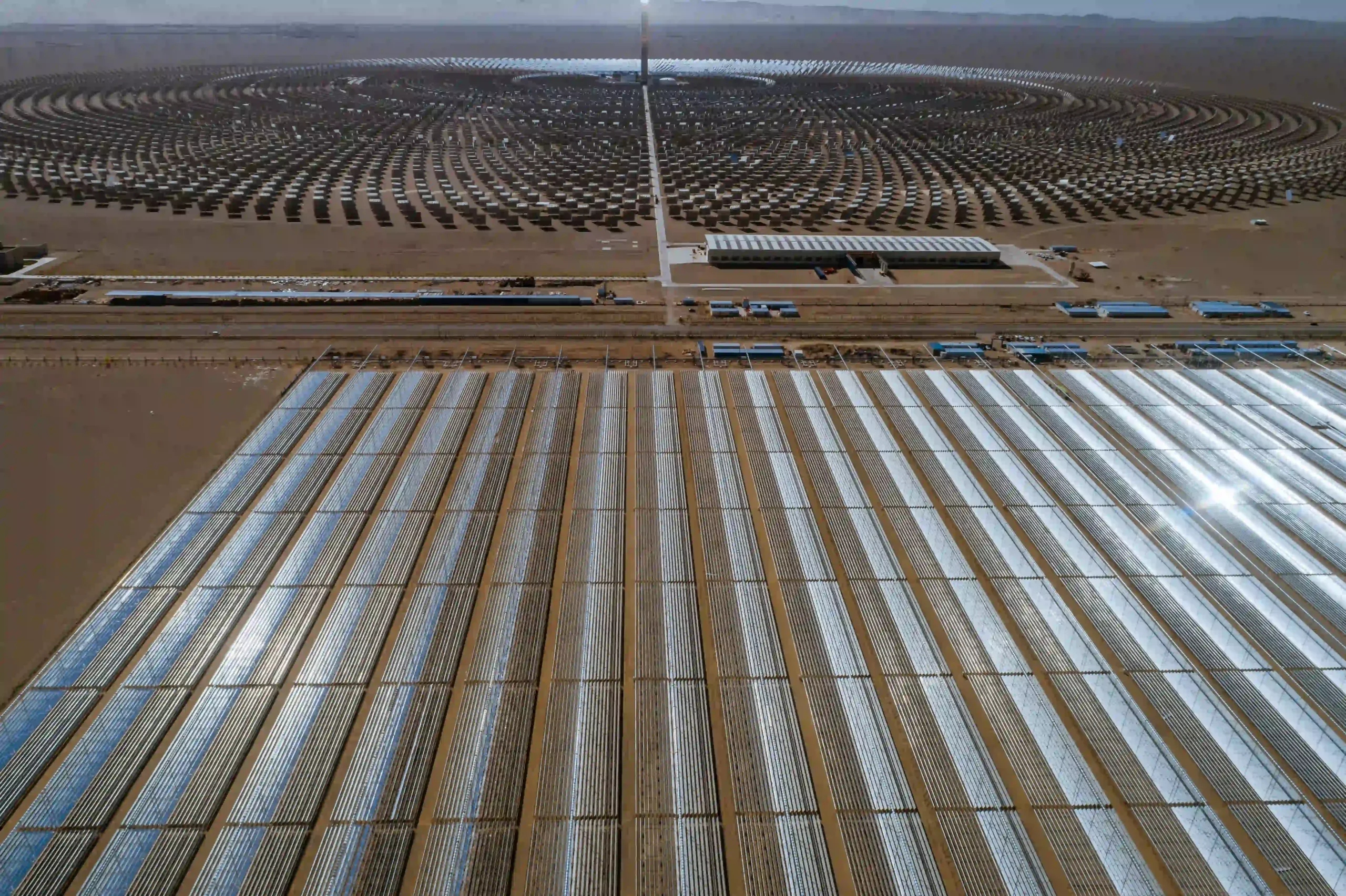
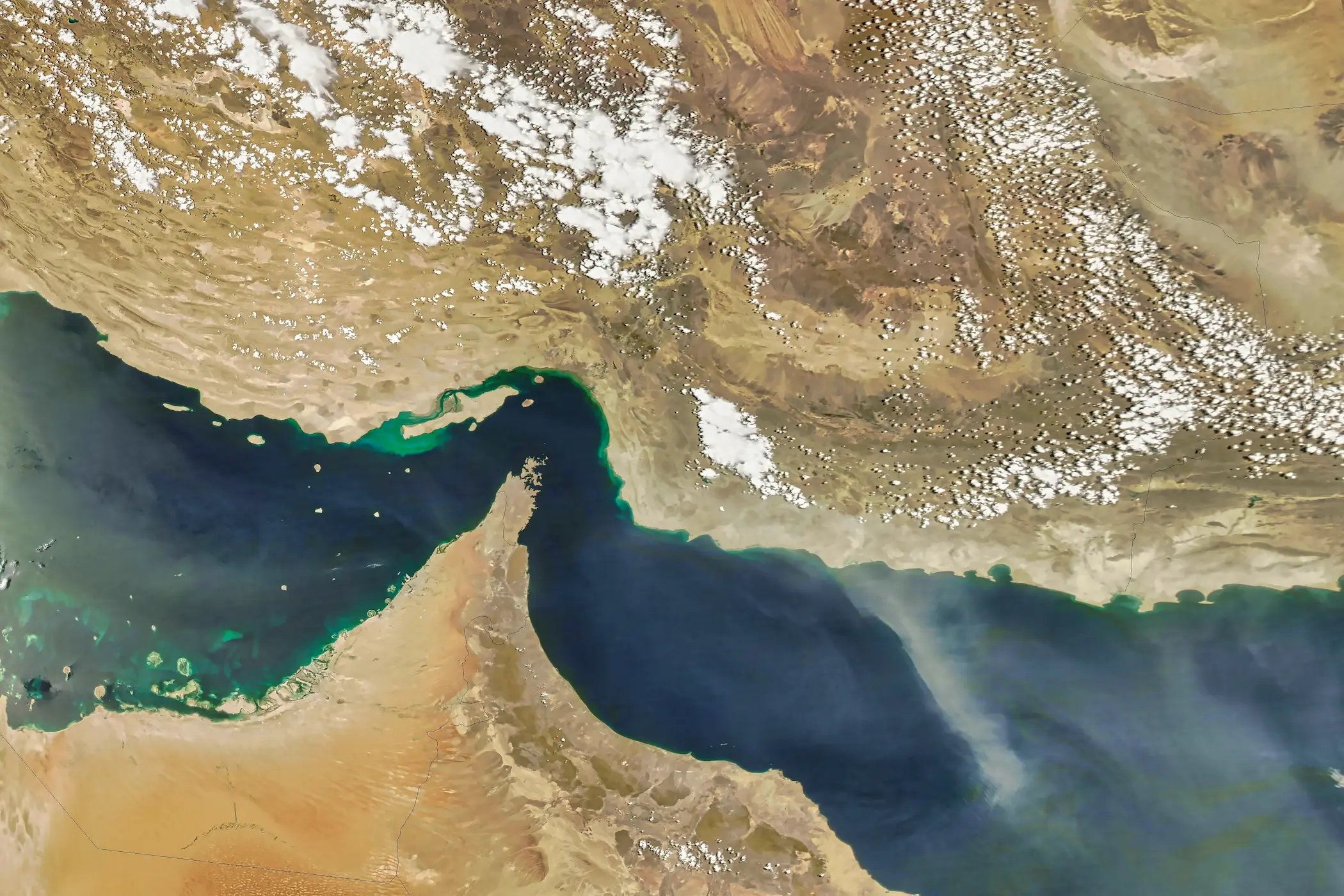


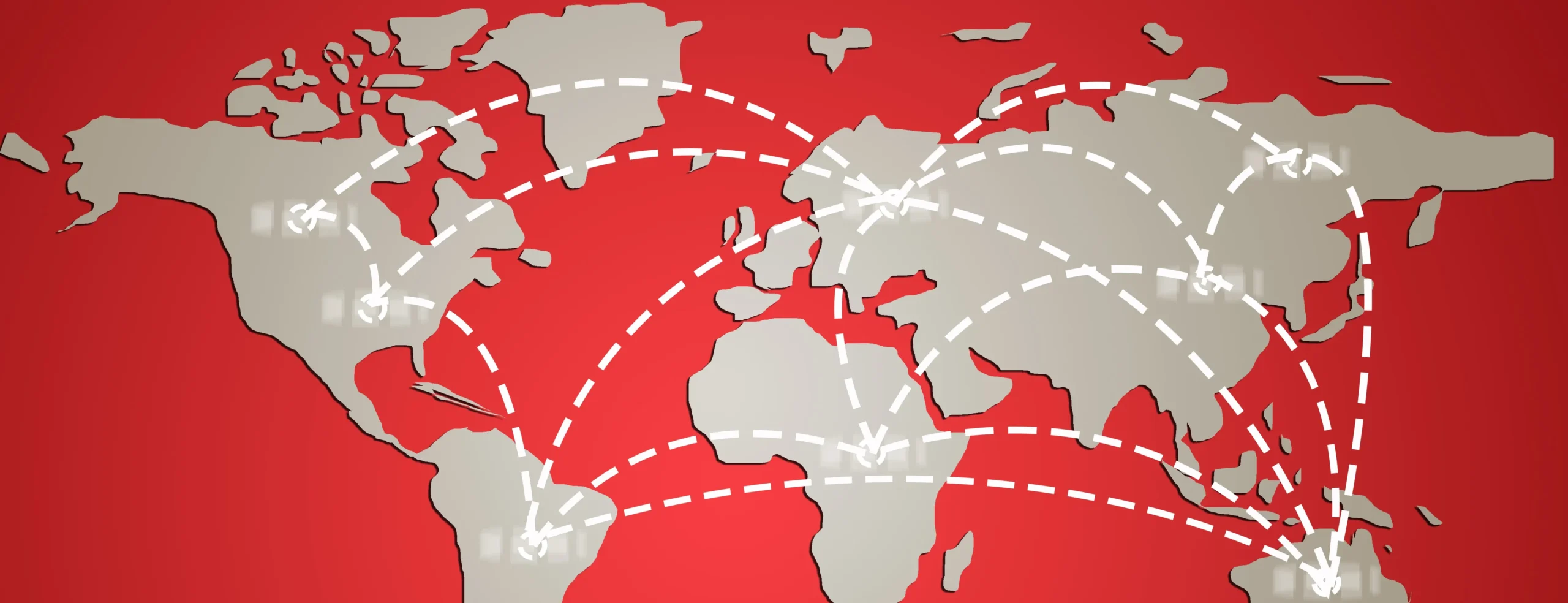











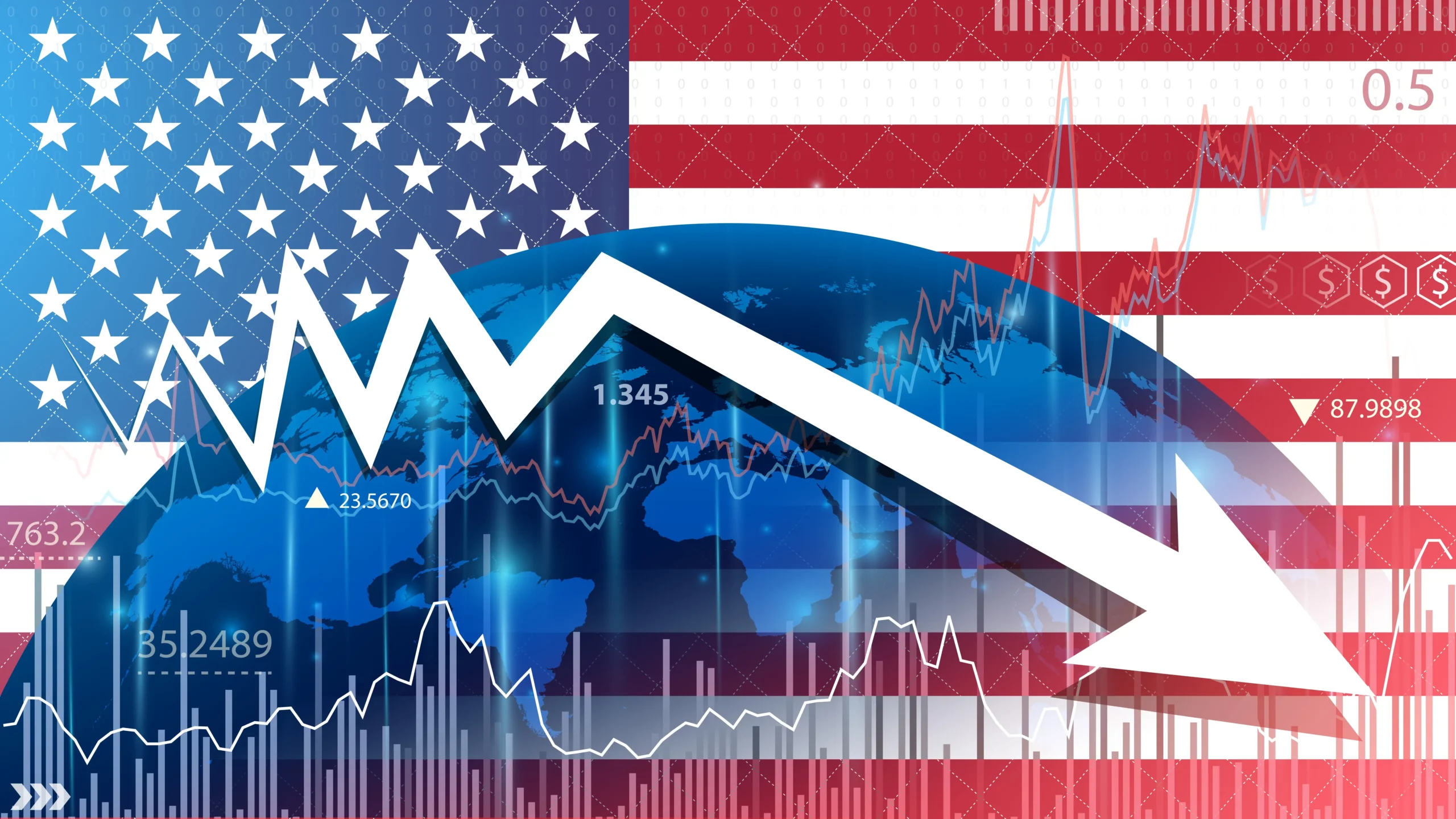

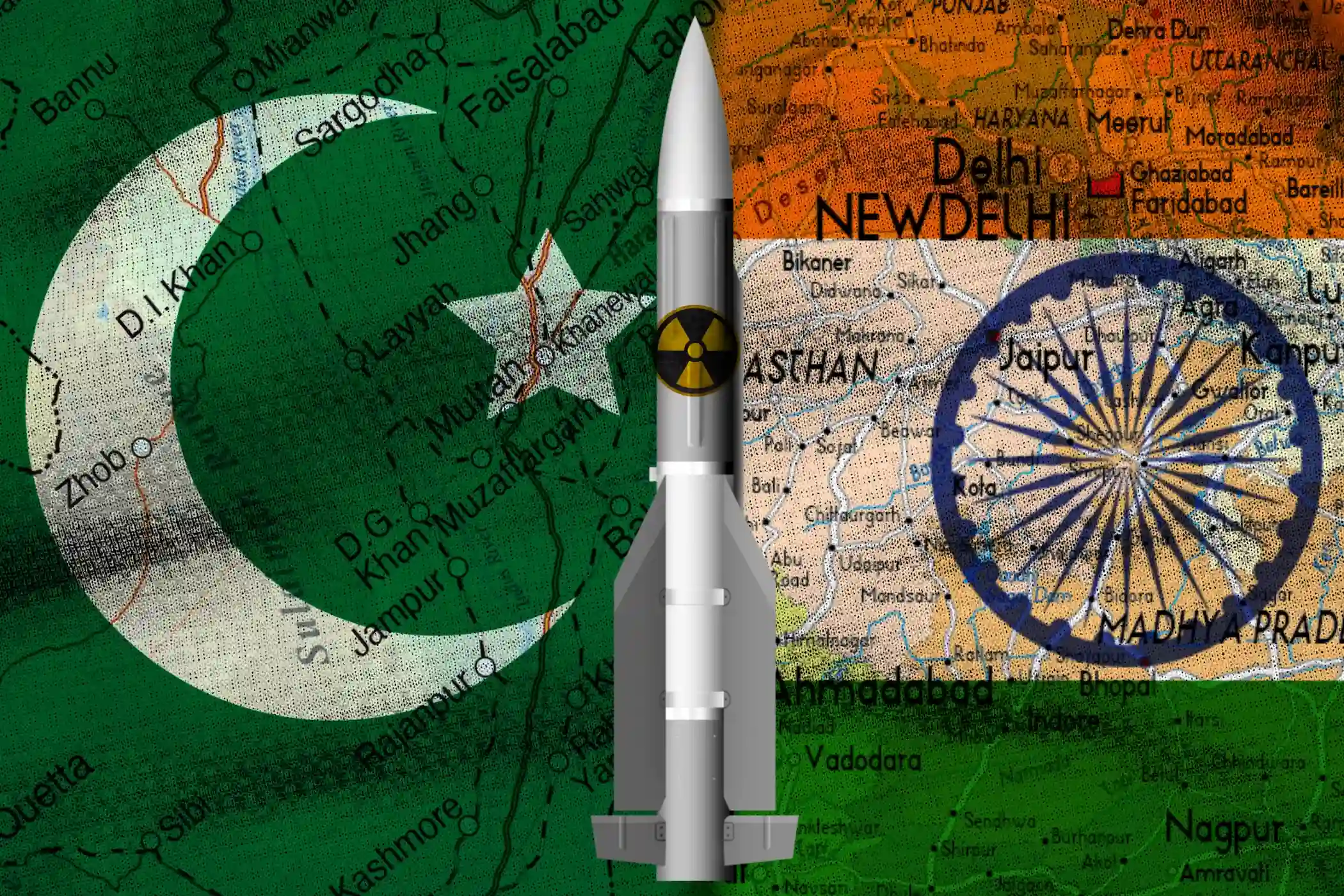
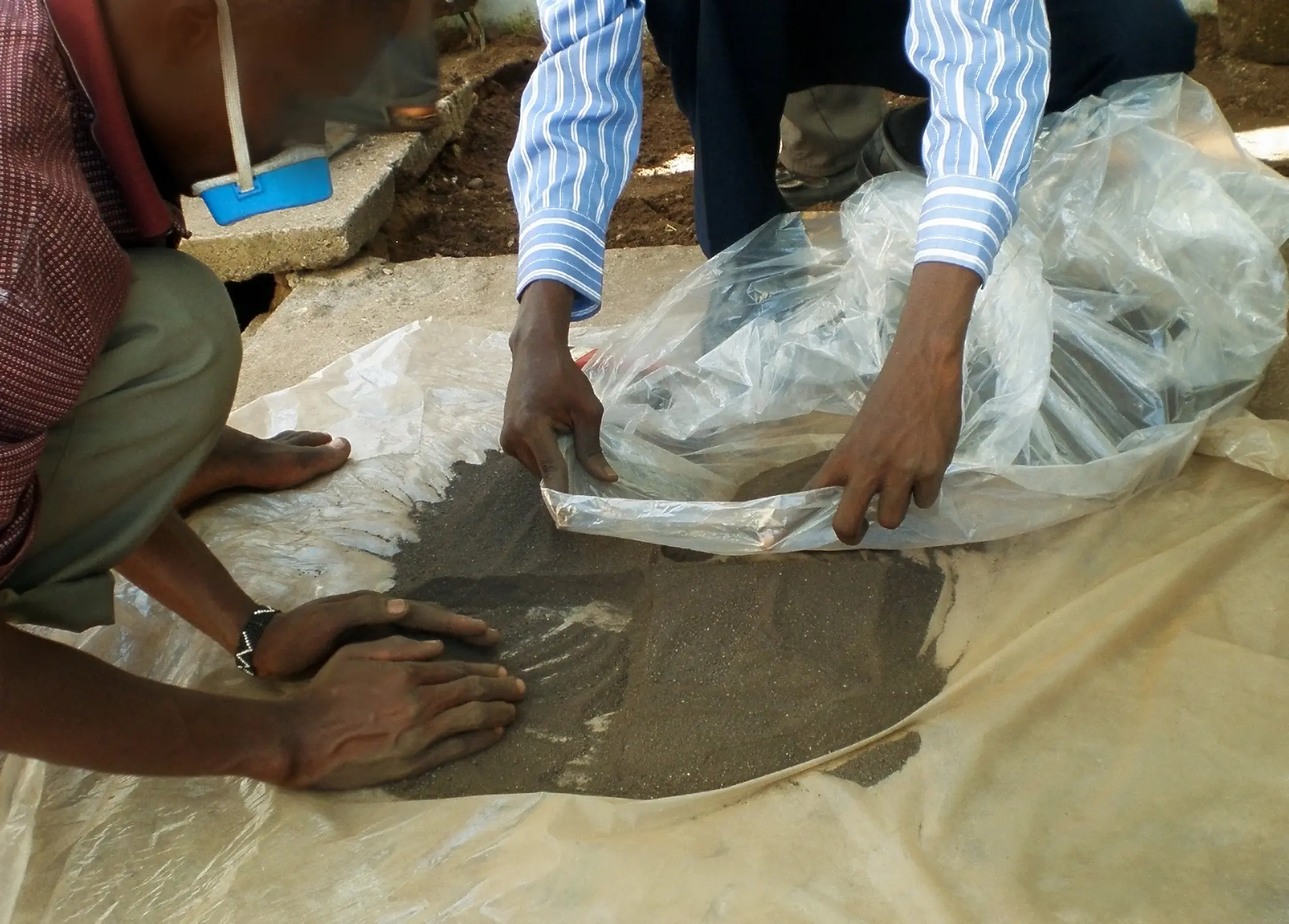

Comments